#business
Chapters and interviews tagged with ‘#business’
Related Book Chapters & Interviews
You’re running a small business and juggling dozens of aspects. You can’t afford time lost to non-critical tasks. Take the time to make a plan, be disciplined, and hold yourself accountable for focused work.
At some point, you’re going to put together a spreadsheet that illustrates your business plan making a million dollars in some random period of time. Remember that these aren’t real numbers, and then get to work.
You may have no plans to ever sell, but sometimes life throws you a curveball. Moreover, even if you never sell, being mindful of these aspects of your business will make life easier for the rest of your time running the business.
If reducing your costs is the best way to set up your business, not quitting your day job is the next best. There will come a time when you need to quit, but it will be long after juggling the two is easy.
Selling a business isn’t easy, and you’ll learn a lot your first time around. Knowing a little bit in advance can really help you prepare and build your business in a way that makes life easier whether you sell or not.
It can be intimidating to see large companies that seemingly have more bandwidth and can eat your lunch without trying, but it’s important to remember that being small gives you strengths those other businesses wish they had again.
Deals for buying business can be incredibly complex, encompassing holdbacks, escrow, seller financing, non-compete agreements, consulting agreements, and more. Acquire a basic understanding of how these can affect you if you ever sell your business.
Of all the activities that can destroy a business before it starts, how you assemble the team is one of the most difficult parts. Don’t choose partners and cofounders haphazardly. Take your time.
More and more businesses operate with some degree of transparency. But how do you know if it makes sense to run your business transparently? Make sure you weigh the pros and cons before deciding one way or the other.
You may have asked friends, family, or strangers if they would use your product. You may even have asked if they’d pay for it. But until you ask them to enter credit card information, any assurances they gave you are worthless.
Valuing a SaaS business is fairly straightforward, but there are some ways you can work to improve your valuation.
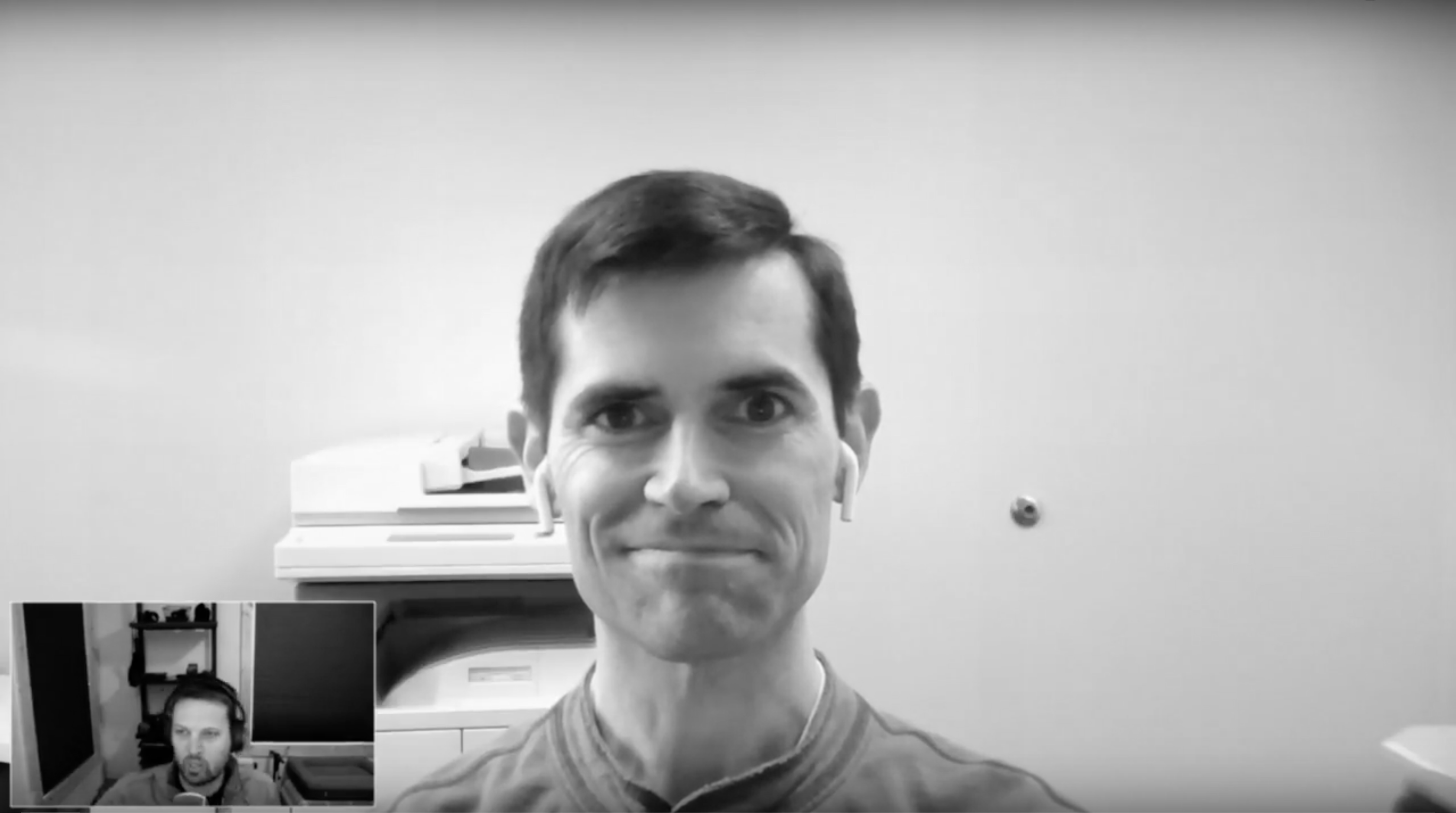 Interview № 20 of 24
Ben Curtis
Interview № 20 of 24
Ben Curtis
Ben and his co-founders started Honeybadger after a bad experience with an existing exception tracking tool. With a focus on customer service, they’ve successfully bootstrapped it into a healthy and sustainable full-time endeavor.
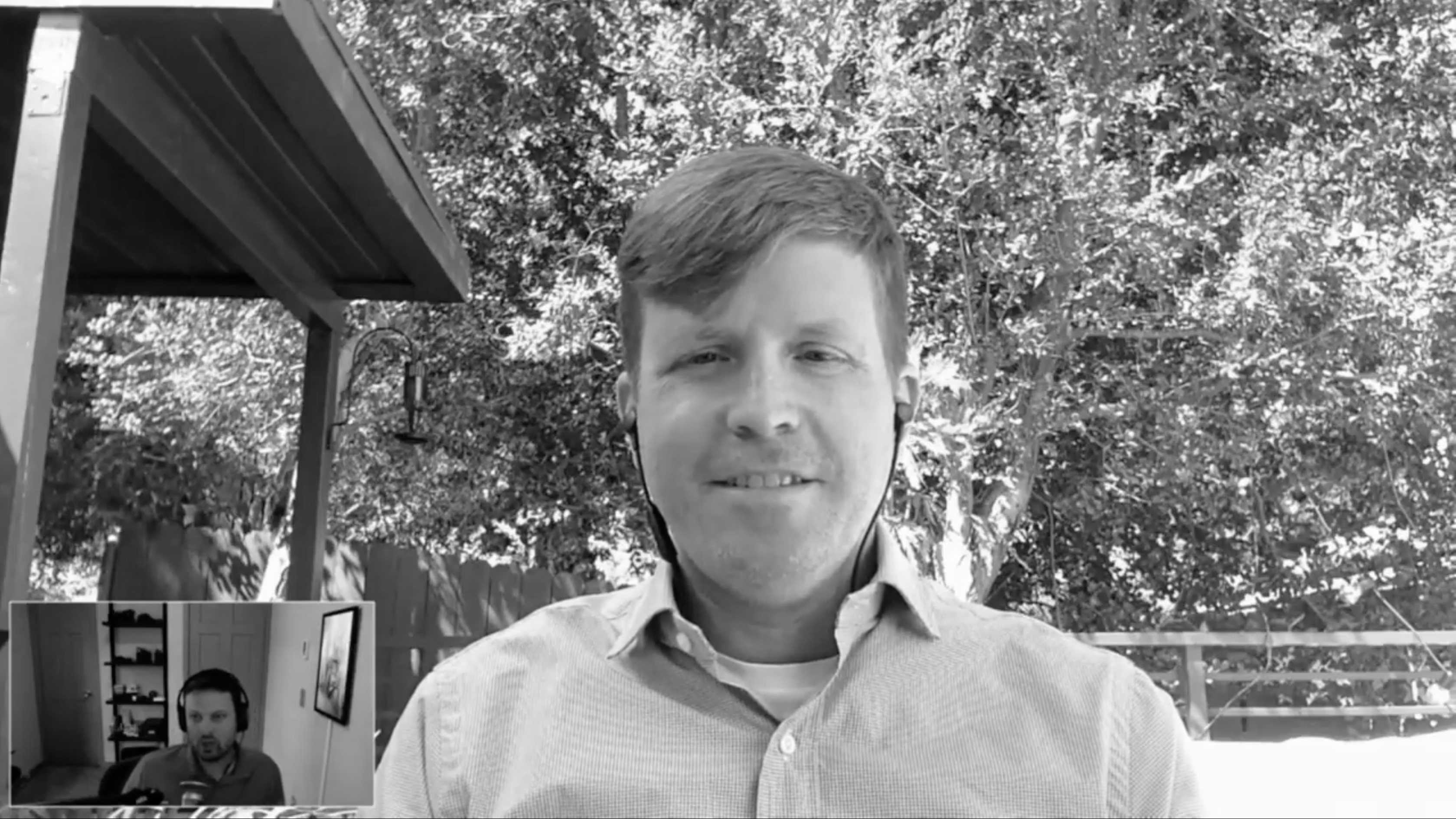 Interview № 19 of 24
Scott Nixon
Interview № 19 of 24
Scott Nixon
Scott Nixon is the co-founder of Meal Mentor, a subscription-based vegeterian meal planning service. Scott handles the technology side of the business and works to keep the operational side of things humming with software.
 Interview № 18 of 24
Matt Goldman
Interview № 18 of 24
Matt Goldman
Matt and I talk about running a SaaS business after acquiring it, the mistakes they made early after taking over Churn Buster, and the common ways that SaaS businesses get dunning wrong and how they can do better. We also talk about the value of iteratively improving automation for tasks and how important it is to clearly document and explain manual process.
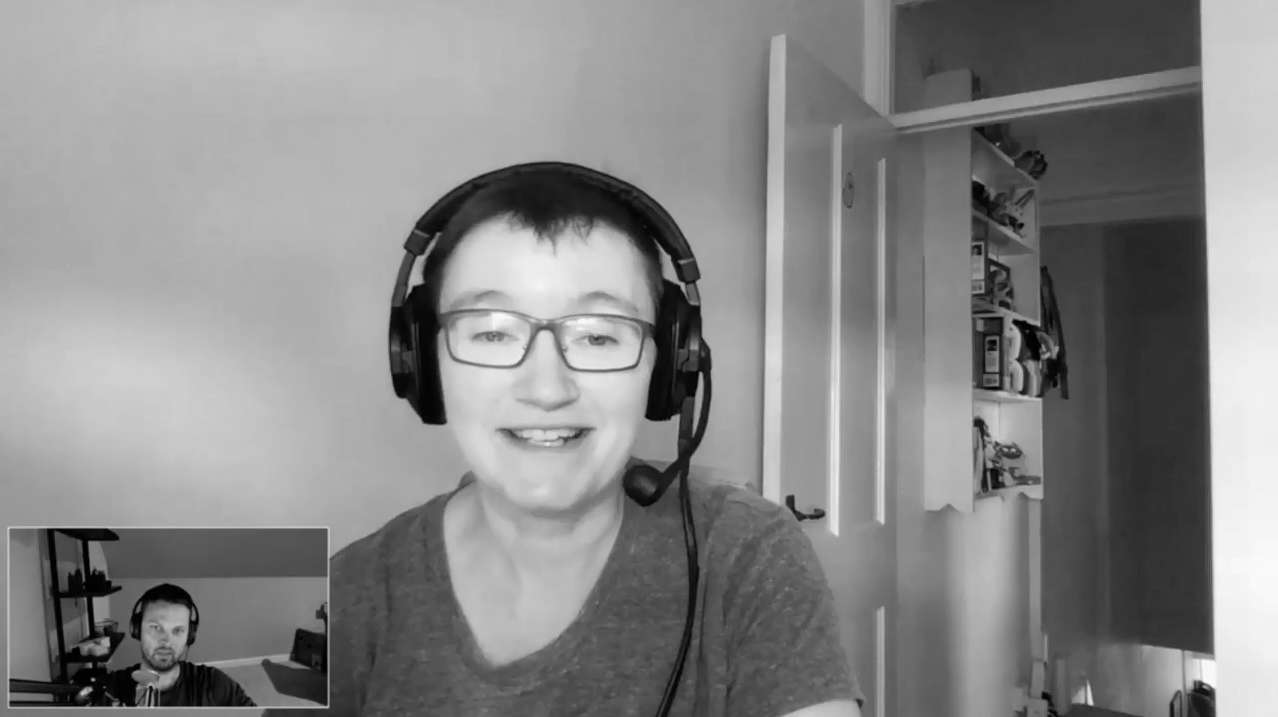 Interview № 17 of 24
Rachel Andrew
Interview № 17 of 24
Rachel Andrew
Rachel and I talk about what it’s like supporting self-hosted software, juggling a busy travel schedule to make time for work. She’s been working on Perch with her husband Drew for eight years, and they’re still going strong.
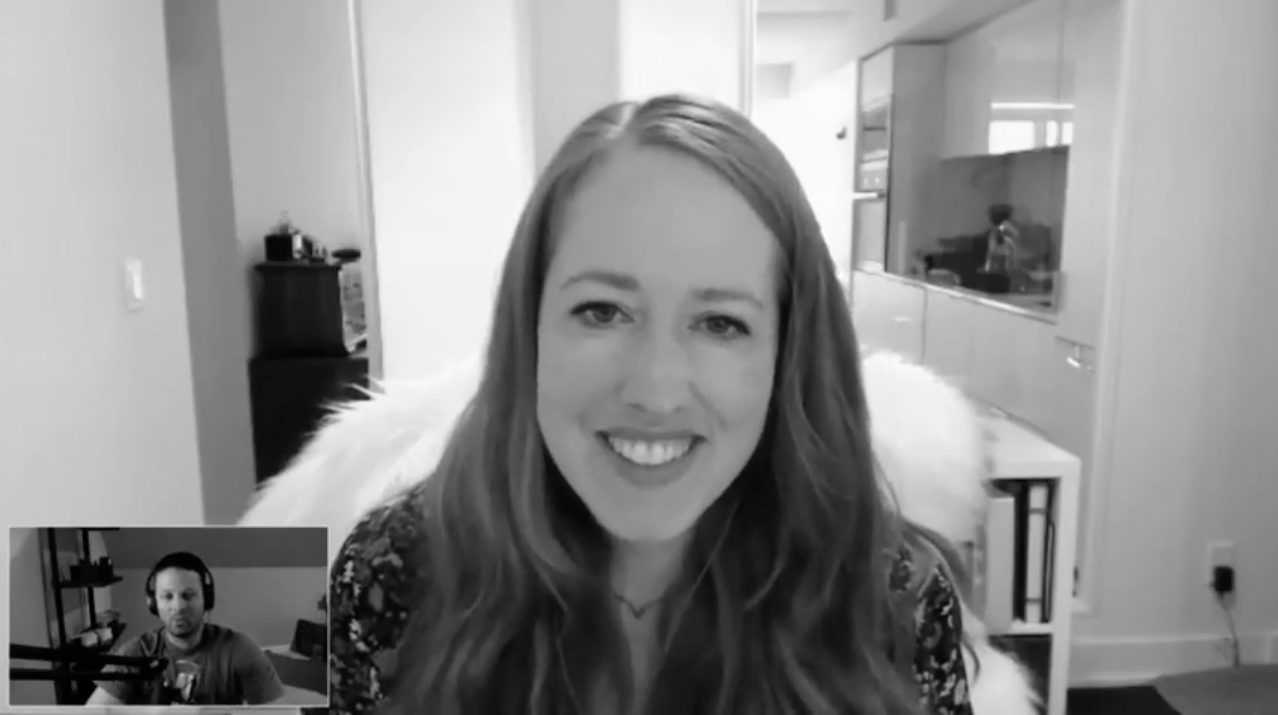 Interview № 16 of 24
Tracy Osborn
Interview № 16 of 24
Tracy Osborn
Tracy and I talk about her experience building and running Wedding Lovely, raising some funding for it, losing a co-founder, and even going through a heart-breaking acquisition process with Etsy. Through it all, she’s kept going and even published books to help others build their own web applications. She’s a brilliant example of someone that simply won’t give up, and while there’s no IPO looming, she’s making a great living doing what she loves with a small team.
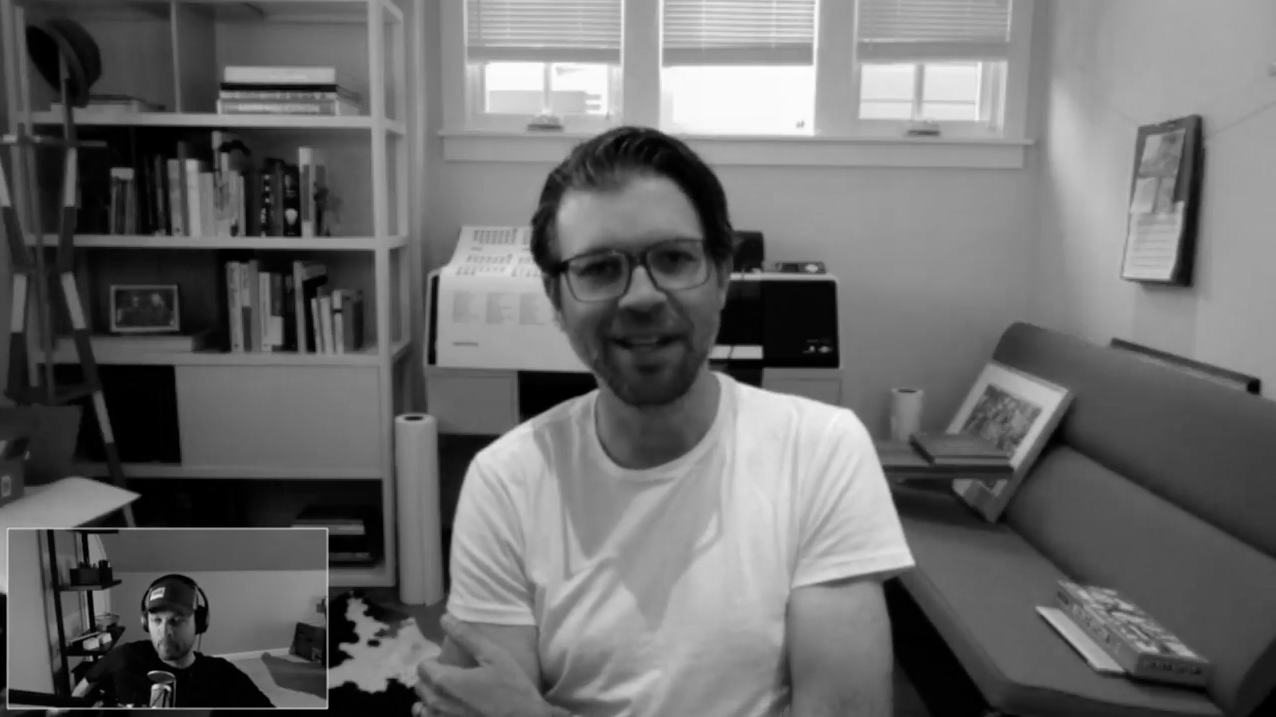 Interview № 15 of 24
Josh Williams
Interview № 15 of 24
Josh Williams
Josh and I discuss what it’s like going from a bootstrapped small team to a team of 30 in a funded startup. We touch on what it’s like going from being a lifelong business owner to being an employee of a large corporation experiencing huge growth. And we talk about some of the differences between building a small profitable business and hitching your wagon to venture capital. Simply put, Josh brings some great perspective and deep insight to building and running software businesses.
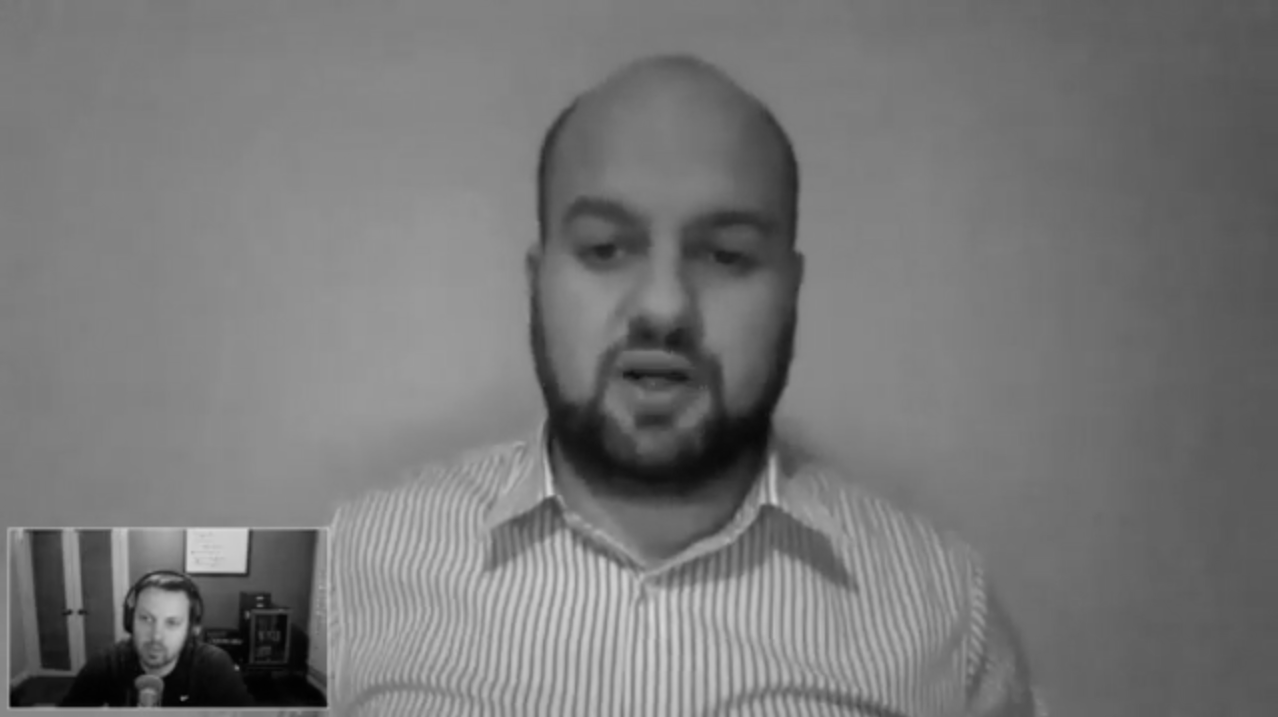 Interview № 14 of 24
Thomas Smale
Interview № 14 of 24
Thomas Smale
Recently I sat down this Thomas Smale of FE International. Thomas and FE International helped me sell Sifter and made the whole process seem easy. After selling so many online businesses, FE International has the process down to a science, and they’ve been able to pick up on quite a few trends. So Thomas takes some time to share what they’ve seen and what matters when it comes to buying or selling an online business.
 Interview № 13 of 24
Nathan Barry
Interview № 13 of 24
Nathan Barry
Nathan and I talk about the early days of ConvertKit, reaching a point where he had to make a decision to invest more significantly in it or walk away. He invested a significant portion of his income from other projects and really doubled down to make it work long before it was obvious things were going to take off. He talks about his sales process and how it simultaneously helped him better understand the needs of potential customers as well as build a relationship and find his first customers.
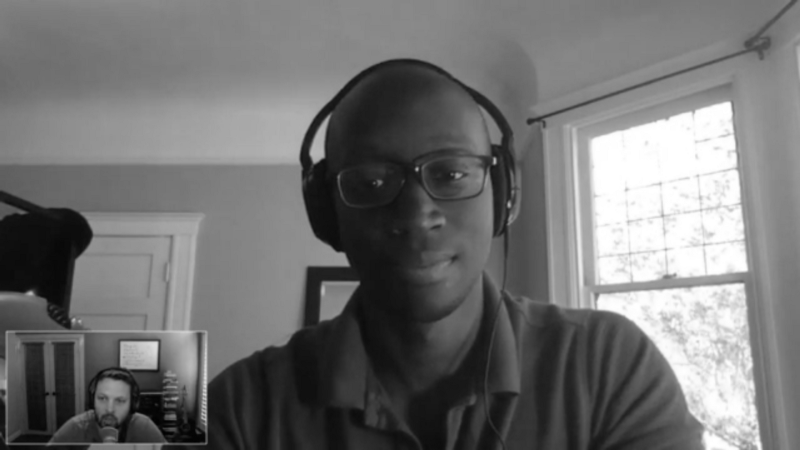 Interview № 12 of 24
Courtland Allen
Interview № 12 of 24
Courtland Allen
Courtland’s story is great because he’s been on a bit of the roller coaster, and now he’s starting fresh with Indie Hackers. He’s interviewing other founders of businesses of all sizes and helping to shed light on what’s possible for small independent software-based businesses. At the same time, the stories are also grounded in realistic stories of slow growth and hard work instead of just focusing on those businesses that hit the jackpot. Courtland’s past experience combined with his discussions with other founders has given him some great perspective and insight on what works and doesn’t work for small software businesses.
 Be Fully-prepared to Launch Your Own SaaS Application
Be Fully-prepared to Launch Your Own SaaS Application
Get a free playbook, worksheet, and short email course to help you navigate the journey so you can be ready to build your own SaaS application.